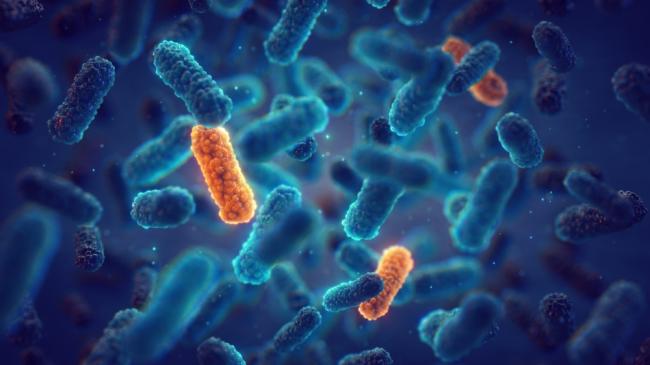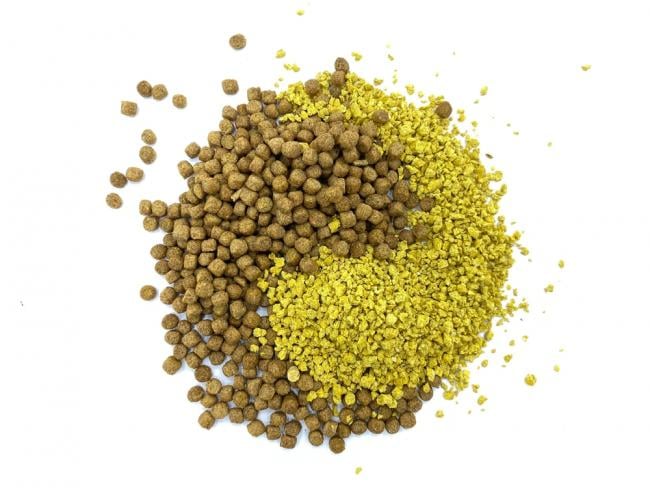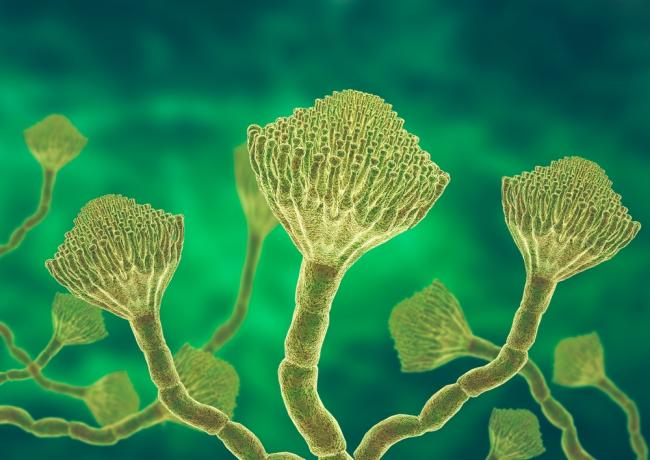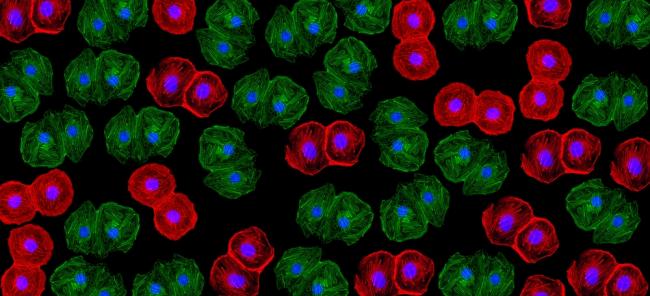Blasticidin S-HCL is a significant compound in molecular biology and biotechnology. Its applications in gene selection and cell culture make it a crucial tool for researchers and scientists. This blog delves into the nature of Blasticidin S-HCL, an important nucleoside antibiotic, its mechanism of action, and its wide-ranging applications.
Blasticidin S-HCL is an antibiotic that inhibits protein synthesis in both prokaryotic and eukaryotic cells. It is derived from the soil bacterium Streptomyces griseochromogenes. The compound is particularly useful in molecular biology for selecting genetically modified cells that carry specific genes, as it allows researchers to identify and isolate cells that have been successfully transformed or transfected with a desired genetic construct1. The Blasticidin S-resistance gene (bsr), first isolated from Bacillus cereus K55-S1 strain, was inserted into pSV2 plasmid vector and introduced into cultured mammalian cells by transfection2.
The bsr gene was first integrated into the genome and conferred Blasticidin S resistance on HeLa cells and becomes a highly important selectable marker for mammalian cells. Furthermore, transfectants in which several copies of bsr had been integrated into the genome were highly resistant to Blasticidin S. In addition, Blasticidin S was found to kill the cells more rapidly than G418, which is conventionally used as a selective drug for the neo gene2.
Blasticidin S-HCL is the hydrochloride salt form of Blasticidin S. Its chemical structure includes a pyrimidine ring, which is essential for its biological activity. The hydrochloride salt form increases its solubility in water, making it more suitable for laboratory use.
The primary mode of action of Blasticidin S-HCL involves inhibiting protein synthesis. It binds to the 80S ribosome in eukaryotes and the 70S ribosome in prokaryotes, interfering with the elongation step of protein translation. This binding prevents the ribosome from moving along the mRNA, effectively halting protein synthesis. As a result, cells treated with Blasticidin S-HCL cannot produce the proteins necessary for survival and proliferation, leading to cell death1. Thus, nucleoside antibiotics possess various biological activities such as antibacterial, antifungal, anticancer, and herbicidal activities3 and was the first antibiotic exploited in agriculture worldwide3.
Applications of Blasticidin-S in Biotechnology:
- Gene Selection and Cell Culture: Blasticidin S-HCL is extensively used in gene selection experiments. Researchers often use vectors that carry a Blasticidin resistance gene, which confers resistance to the antibiotic. When cells are transfected with these vectors, only those that have successfully integrated the resistance gene can survive in the presence of Blasticidin S-HCL. This selection process allows scientists to isolate and propagate genetically modified cells.
- Stable Cell Line Development: In the production of stable cell lines, Blasticidin S-HCL is a valuable tool. Researchers can create cell lines that express a gene of interest by integrating the gene along with a Blasticidin resistance marker. Continuous exposure to Blasticidin S-HCL ensures that only cells with the integrated gene survive, leading to the development of a stable cell line.
- Functional Genomics: Functional genomic studies often require the use of selectable markers. Blasticidin S-HCL is used to maintain cells that have been genetically altered to study gene function. By selecting for cells that express a Blasticidin resistance gene, researchers can ensure the persistence of the genetic modification over multiple generations.
- Protein Production: In recombinant protein production, Blasticidin S-HCL selection is crucial. Cells that produce the desired protein are often engineered to carry a Blasticidin resistance gene. This ensures that only the protein-producing cells are maintained in culture, increasing the efficiency and yield of protein production.
Advantages of Blasticidin S-HCL:
High Efficiency: Blasticidin S-HCL is highly efficient in selecting genetically modified cells. Its rapid action and effectiveness at low concentrations make it a preferred choice in many laboratories.
Broad Spectrum: The antibiotic is effective against a wide range of prokaryotic and eukaryotic cells, providing versatility in various experimental setups.
Clear Selection: The selection process with Blasticidin S-HCL is straightforward. Cells that do not acquire the resistance gene die quickly, allowing for clear identification of successful transformations or transfections.
Water solubility: Blasticidin-S is highly soluble in water or acetic acid.
Safety and Handling:
Like all antibiotics, Blasticidin S-HCL must be handled with care. It is toxic to cells and can pose health risks if not managed properly. Proper storage conditions, typically at -20°C, ensure the stability and effectiveness of Blasticidin S-HCL.
Fermentek offers highly pure Blasticidin S-HCL in various sizes for research and analysis purposes, ready for immediate shipment.
- Powers KT, Stevenson-Jones F, Yadav SKN, Amthor B, Bufton JC, Borucu U, Shen D, Becker JP, Lavysh D, Hentze MW, Kulozik AE, Neu-Yilik G, Schaffitzel C. Blasticidin S inhibits mammalian translation and enhances production of protein encoded by nonsense mRNA. Nucleic Acids Res. 2021 Jul 21;49(13):7665-7679. doi: 10.1093/nar/gkab532. PMID: 34157102; PMCID: PMC8287960.
- Izumi M, Miyazawa H, Kamakura T, Yamaguchi I, Endo T, Hanaoka F. Blasticidin S-resistance gene (bsr): a novel selectable marker for mammalian cells. Exp Cell Res. 1991 Dec;197(2):229-33. doi: 10.1016/0014-4827(91)90427-v. Erratum in: Exp Cell Res 1993 Feb;204(2):388. PMID: 1720391.
Osada H. Discovery and applications of nucleoside antibiotics beyond polyoxin. J Antibiot (Tokyo). 2019 Dec;72(12):855-864. doi: 10.1038/s41429-019-0237-1. Epub 2019 Sep 25. PMID: 31554959.





